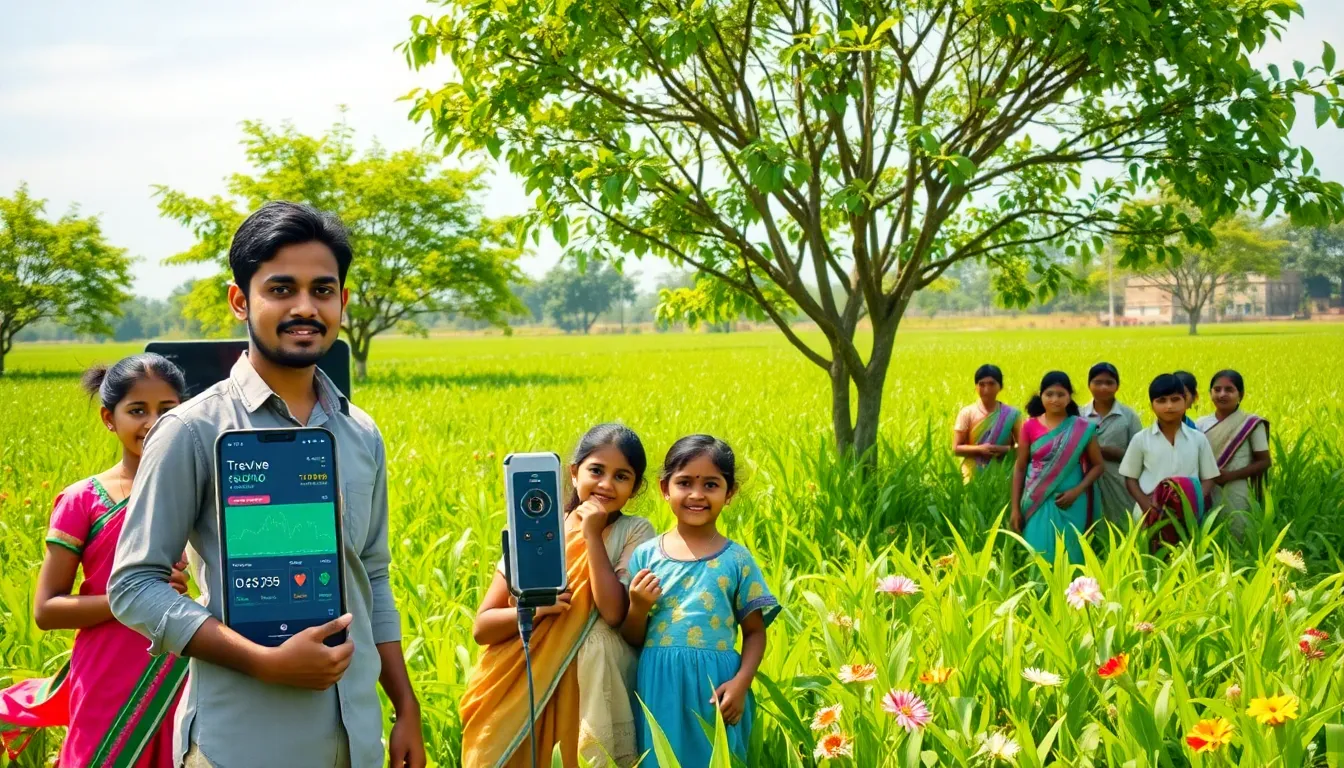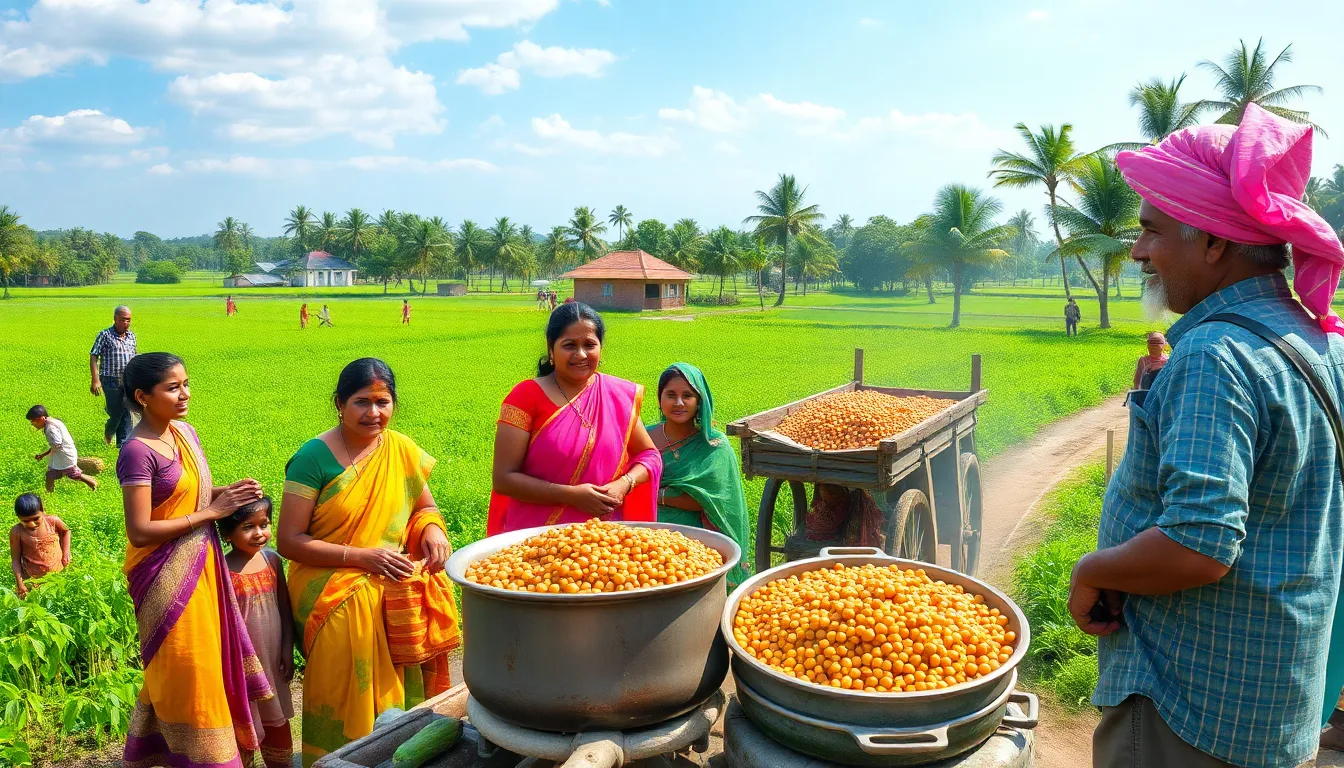The Central Institute for Cotton Research (CICR) in Nagpur is developing a new genome editing technique aimed at increasing cotton yields. Cotton is a vital crop for many countries, including India, as it provides fiber for clothing, edible oil, and livestock feed. The growing world population and climate change pose significant challenges for cotton production. To meet the rising demand for cotton, researchers are focusing on improving crop yields using advanced methods.
Genome editing is a precise way to alter an organism’s DNA. The technique allows scientists to make specific changes to genes that can enhance cotton plants’ growth and resilience. The most popular method for genome editing is CRISPR/Cas, which has shown great potential in agriculture. This technique can help improve traits like fiber length, flowering time, and disease resistance in cotton plants.
Recent studies have identified crucial genes linked to important traits in cotton. By using CRISPR technology, scientists can target these genes, making it possible to develop cotton varieties that are more productive and better suited to withstand environmental stresses. For instance, scientists can enhance plants’ ability to deal with drought or pests that threaten cotton production.
CICR’s work is vital as cotton is often referred to as “white gold” due to its economic importance. It’s grown in more than 50 countries and supports the livelihoods of millions of farmers. In India, cotton cultivation plays a crucial role in the agricultural economy. With the global cotton market valued at billions of dollars, improving cotton yield through innovative techniques can benefit not just farmers but the entire economy.
The researchers at CICR are optimistic about the future. They believe that the genome editing technique will not only help increase yields but also contribute to sustainable farming practices. By developing cotton plants that require fewer resources, such as water and fertilizers, the impact on the environment can be reduced.
As climate change continues to affect agriculture, the need for resilient crops is more important than ever. Genome editing could be a game-changer in adapting cotton to changing climate conditions. Improved cotton varieties can lead to better income for farmers and ensure a stable supply of cotton in the market.
In conclusion, CICR’s efforts in genome editing represent a significant step towards enhancing cotton production. With the potential to boost yields and improve crop resilience, this innovative approach could transform the cotton industry, benefiting farmers and consumers alike. As research progresses, it will be interesting to see the impact of these developments on the global cotton market and agricultural practices in India and beyond.



